Bosphorus reimagined as petrol pipeline
ISTANBUL
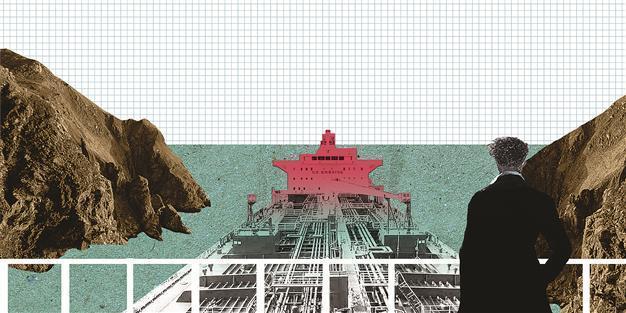 Occupying the entrance floor of SALT Beyoğlu, a new installation, titled “Strait” by architect Neyran Turan, constructs a physical and imagined Bosphorus as the peculiar petrol pipeline it has become since the 1990s.
Occupying the entrance floor of SALT Beyoğlu, a new installation, titled “Strait” by architect Neyran Turan, constructs a physical and imagined Bosphorus as the peculiar petrol pipeline it has become since the 1990s. In March 1994, a dramatic accident occurred in the Bosphorus Strait. The Nassia, a 100,000-ton tanker carrying crude oil from Russia, collided with a cargo ship at the northern exit of the strait. The cargo ship exploded and ran ashore, while the Nassia immediately caught fire and released over 13,000 tons of oil spill into the sea. The fire continued for weeks, causing a devastating environmental disaster.
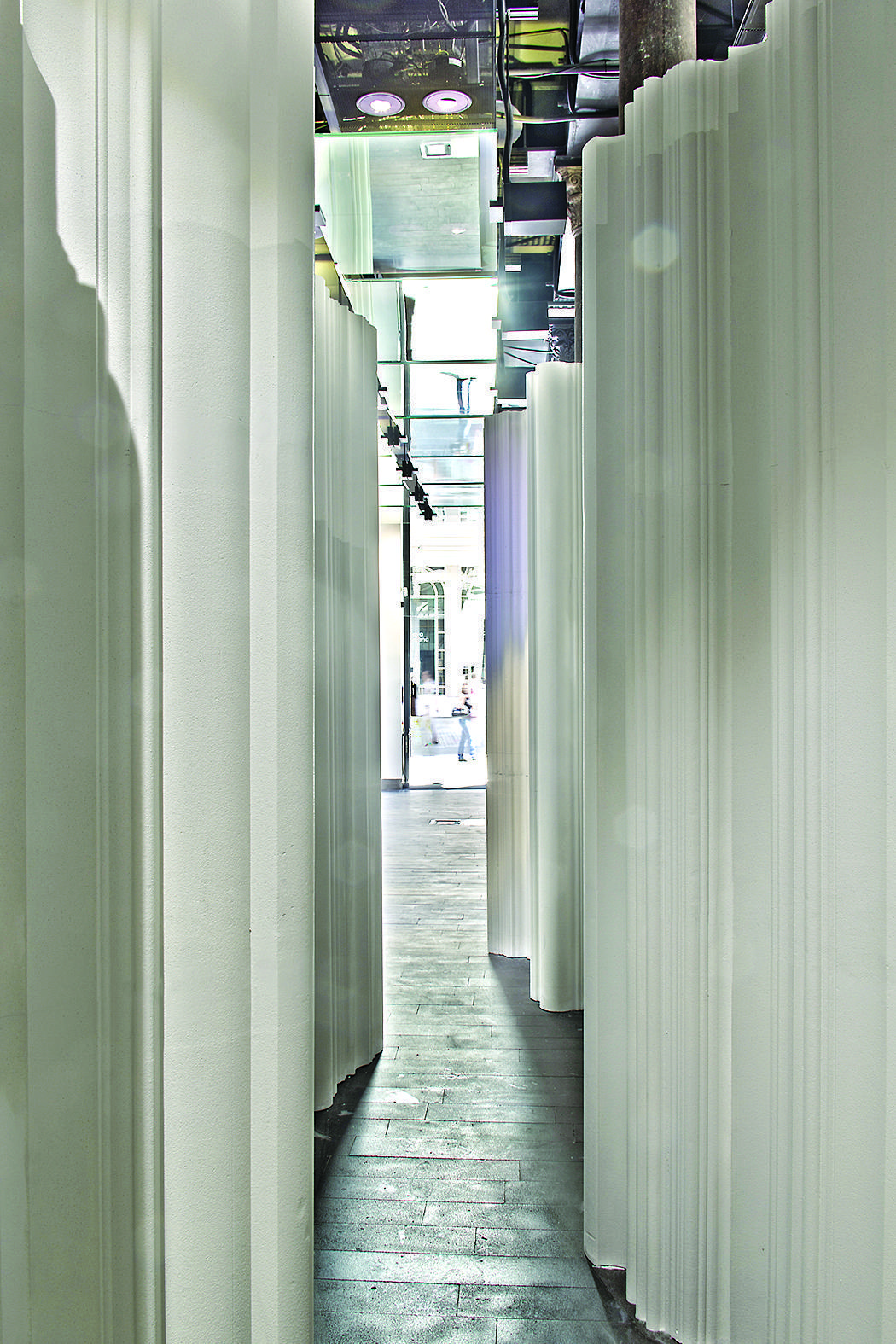 The accident marked a delicate moment in the history of the Bosphorus. After the collapse of the Soviet Union and the opening of Caspian oil reserves in the 1990s, the strait became one of the six busiest oil-shipping “choke points,” along with the Suez Canal, the Strait of Malacca, Bab-el-Mandeb, the Strait of Hormuz and the Strait of Dover. Compared to these other routes, however, the Bosphorus stands unique as it is not only one of the narrowest routes, but also passes through the heart of Istanbul, a city of over 14 million citizens. What complicates the matter further is the geographic form of the strait, with its sharp and narrow turns, making it one of the riskiest and most difficult channels to navigate in the world.
The accident marked a delicate moment in the history of the Bosphorus. After the collapse of the Soviet Union and the opening of Caspian oil reserves in the 1990s, the strait became one of the six busiest oil-shipping “choke points,” along with the Suez Canal, the Strait of Malacca, Bab-el-Mandeb, the Strait of Hormuz and the Strait of Dover. Compared to these other routes, however, the Bosphorus stands unique as it is not only one of the narrowest routes, but also passes through the heart of Istanbul, a city of over 14 million citizens. What complicates the matter further is the geographic form of the strait, with its sharp and narrow turns, making it one of the riskiest and most difficult channels to navigate in the world. Recalling sociologist Ulrich Beck’s claim that “even the most … moderate objectivist account of risk … involves a hidden politics, ethics and morality,” contemporary concerns regarding the transit of colossal oil tankers through this navigational route, have been conflicted with the controversies around transnational energy pipelines and various other large-scale infrastructural and urban transformation projects in Istanbul.
“Strait” brings this framework to architectural and public imaginaries by manifesting the Bosphorus through the tangible experience of an installation object. It introduces the idea of the geographic object, in this instance, an extrusion of the strait shorelines without articulating its actual topography. By rendering the Bosphorus as a constricted experiential condition, the project positions geographic scale as an architectural problem. The “Strait” object amplifies the interplay between architectural and geographic scales by reconstructing the crenelated shorelines of the Bosphorus through local crown-moulding profiles, an ornamentation technique typically applied to the corners of interior ceilings.
In addition to the installation, the “Strait” object is rooted in a geographic fiction illustrated through a series of drawings presented in the form a silent film. While this geographic fiction tells of a colossal oil tanker becoming stuck in the Bosphorus, the “Strait” object itself becomes one of the characters in the fiction.
Besides Turan, the project team includes Mete Sönmez, William Trotty, Amelia Hazinski, Melis Uğurlu, Anastasia Yee, Louise Weiss and Sam Biroscak.
The installation can be seen until Aug. 2.
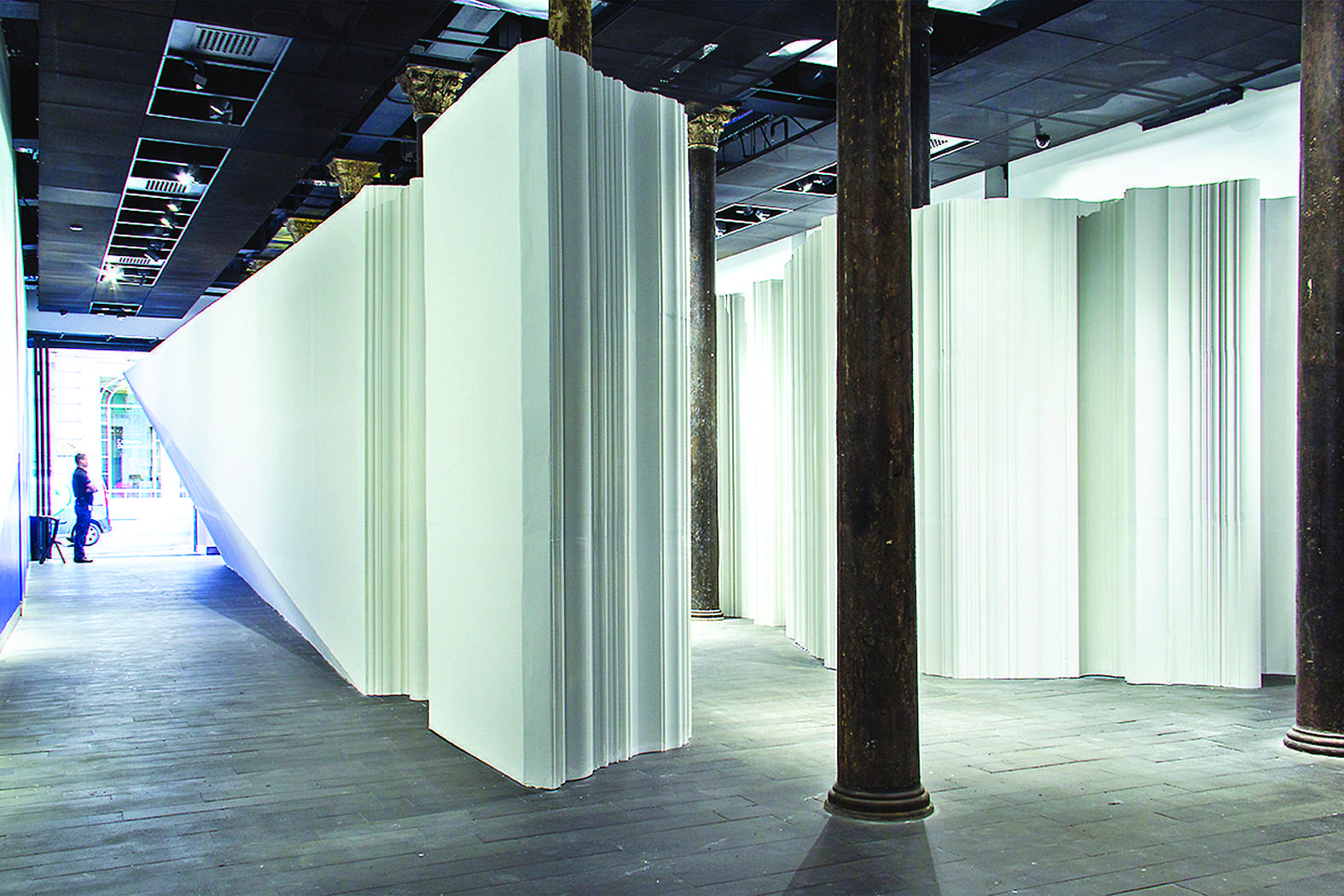
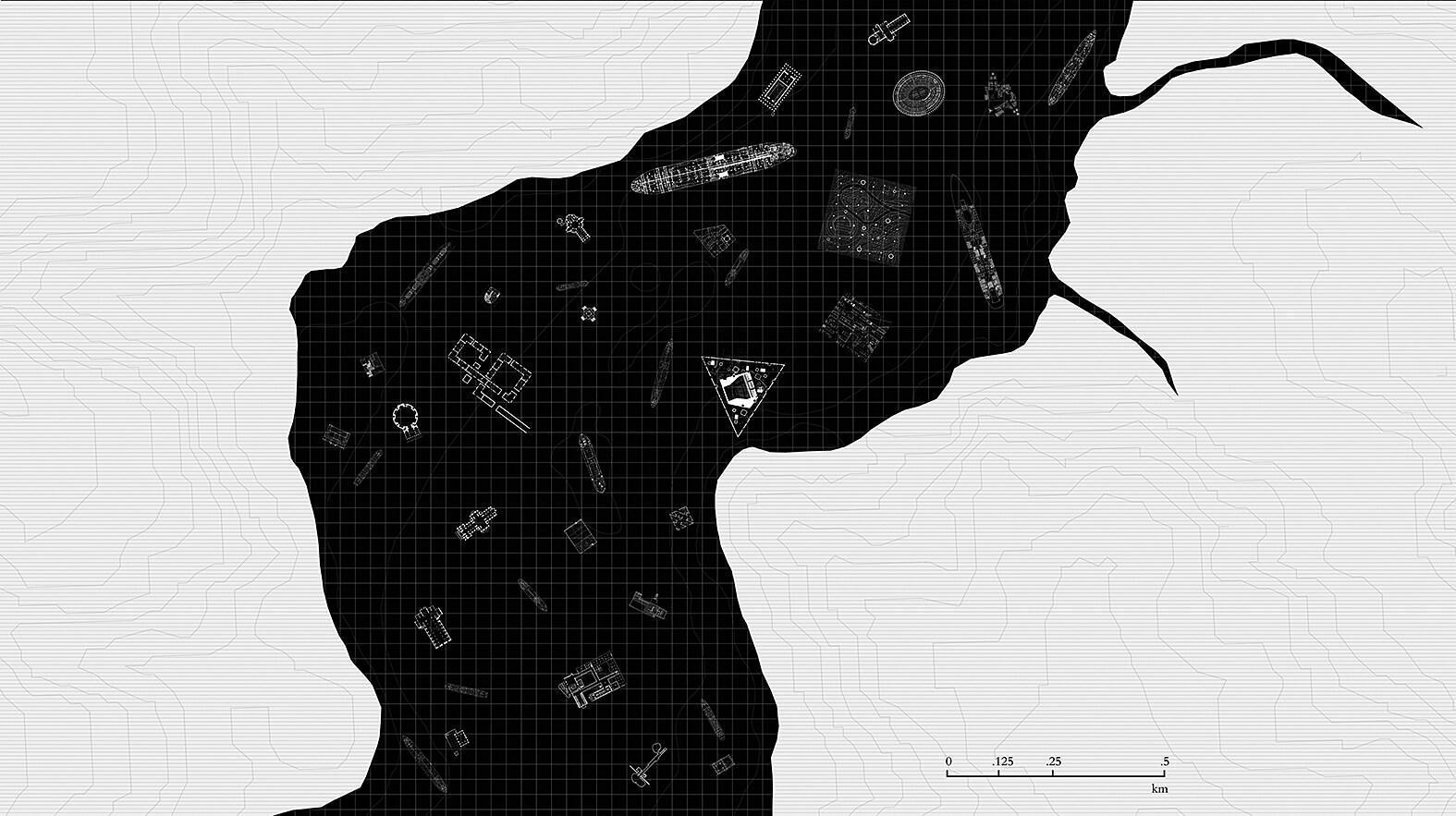
Geography and design
Neyran Turan is an architect, and currently an assistant professor at Houston’s Rice University School of Architecture. She is also a co-founder of NEMESTUDIO, a research and design collaborative based in Houston.
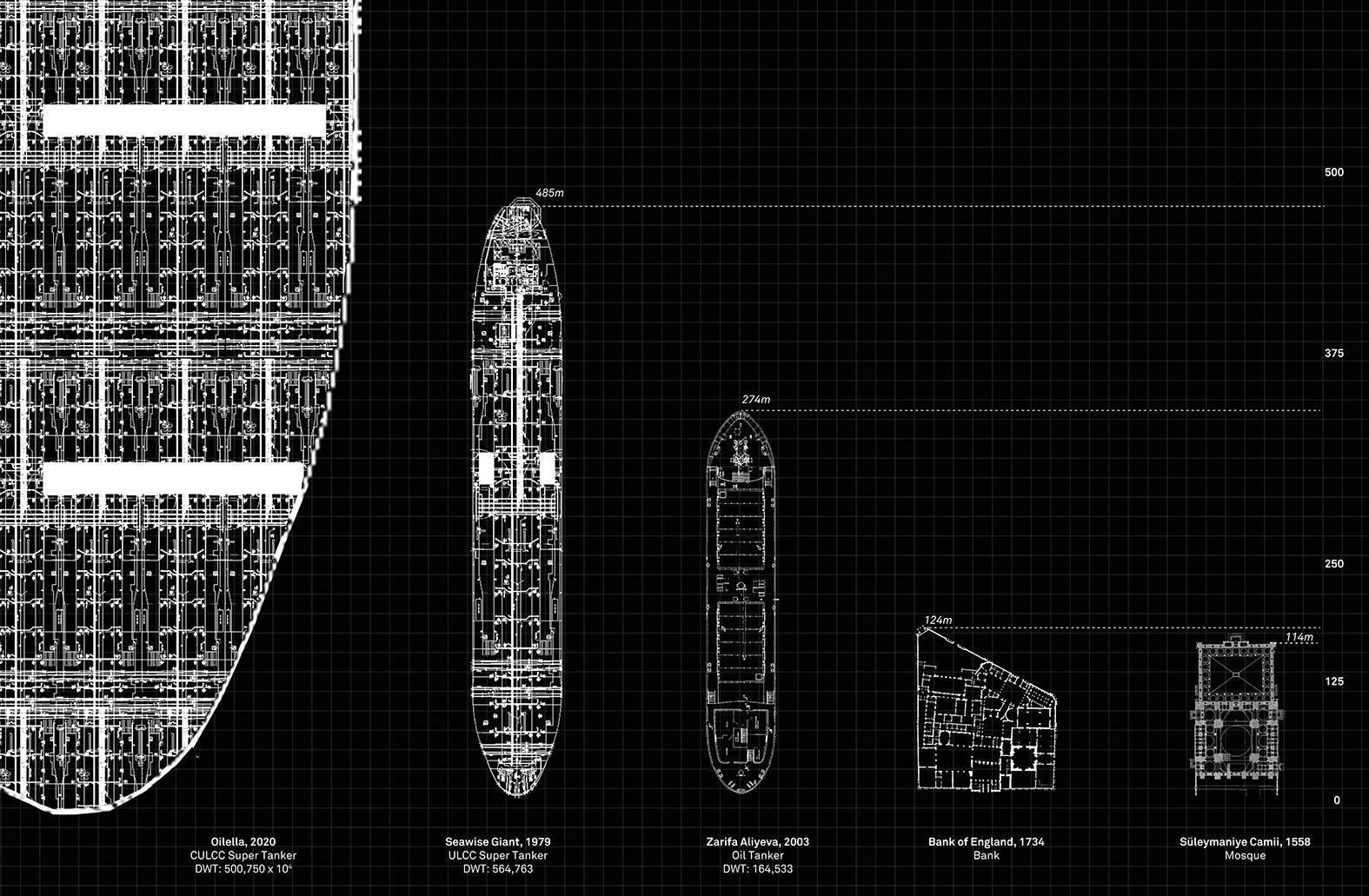 Turan’s work draws on the relationship between geography and design to highlight a range of aesthetic and political possibilities for architecture and urbanism. She holds a doctoral degree from Harvard University Graduate School of Design, a Master’s Degree from Yale University School of Architecture, and a Bachelor of Architecture from Istanbul Technical University. She is the founding chief editor of the journal New Geographies. She is currently completing the manuscript of her book titled “Geographic Istanbul: Episodes in the History of a City’s Relationship with its Landscape.”
Turan’s work draws on the relationship between geography and design to highlight a range of aesthetic and political possibilities for architecture and urbanism. She holds a doctoral degree from Harvard University Graduate School of Design, a Master’s Degree from Yale University School of Architecture, and a Bachelor of Architecture from Istanbul Technical University. She is the founding chief editor of the journal New Geographies. She is currently completing the manuscript of her book titled “Geographic Istanbul: Episodes in the History of a City’s Relationship with its Landscape.”
















